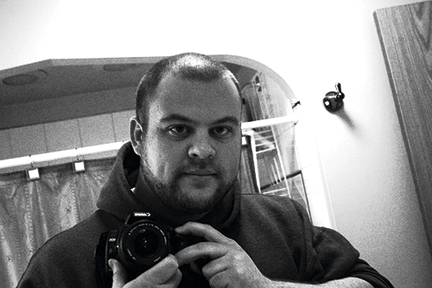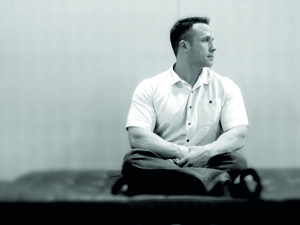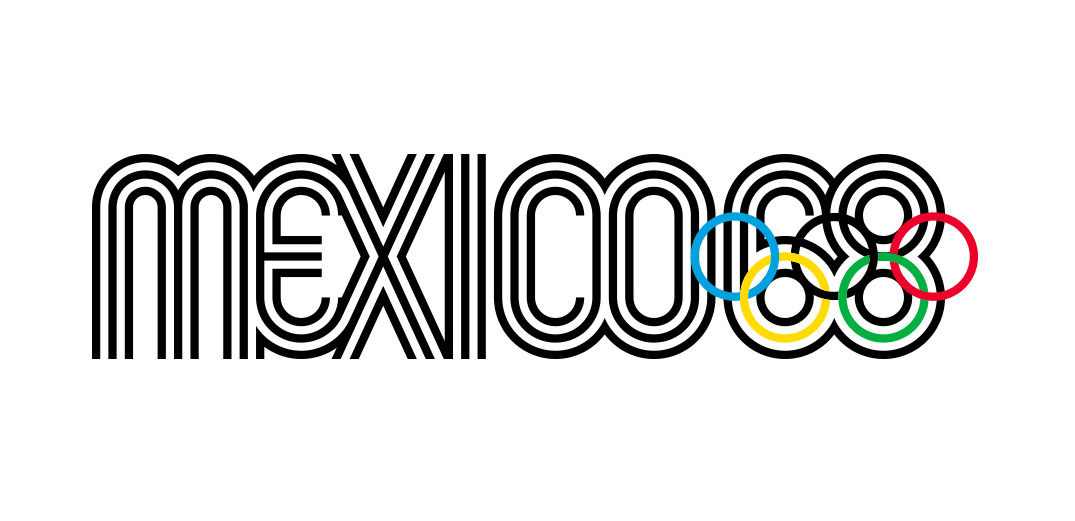Big question: where do you stand on mobile content strategy?
Our experts discuss the controversy over Nielsen's mobile advice
A few weeks ago Jakob Nielsen caused a storm by recommending that we create separate sites for mobile and fork the content, and Josh Clark told him his advice was “180-degrees backward”. Our experts share their own views.

Jeff Croft
Designer
jeffcroft.com
If the question is, “should we create separate mobile experiences, or should we use responsive and adaptive techniques to provide the same content to mobile devices?” then the answer, I’m afraid, is the same as it is for every design question: it depends. Deciding that any one tool or technique is always the answer is a design fail
Design is, by its very nature, case- by-case. Responsive and adaptive web design produce great mobile experiences in some circumstances. In other cases, a separate mobile experience, be it a native app or a web app, makes more sense. The only way to answer this question for a particular product is to do the research, understand the business and user goals, and produce something that meets them. That’s a little process I like to call ‘design’.
Jeff is a designer, author, speaker and blogger

Chris Coyier
Web designer
chriscoyier.net
It’s so bizarre to me that anybody could argue that any one approach to ‘mobile’ is the better way. Swords are better! No, bow and arrows are better! Hmm. Kinda depends on how far your enemy is away from you, doesn’t it?
There are some common goals for all websites though: fast, useful, intuitive, and secure. How you get there is different for every site. It might be some principles of responsive design. It might be a mobile specific fork of your site. You might not need to do anything. A native app might be the way to go. You know your creation better than anybody so look at the facts you have and make choices. Don’t let some blog post tell you what’s what.
Get the Creative Bloq Newsletter
Daily design news, reviews, how-tos and more, as picked by the editors.
Chris is a web designer working at Wufoo

Lorna Mitchell
Freelance software consultant
www.lornajane.net
I’m not sure Nielsen actually did say to fork the content. He says to deliver the content differently on different devices, particularly on mobile where space is limited. I’m looking at my widescreen monitor and tiny mobile and thinking he makes an excellent point! Also, all the people arguing with him are essentially saying the same thing ...
Lorna is a freelance software consultant

Aral Balkan
Experience designer
aralbalkan.com
The key fallacy in Jakob Nielsen’s methodology is that he uses data obtained from user testing to prescribe design guidelines.
Data obtained from usability tests is important as a tool for informing design and development teams about how their specific design performs given the goals and audience of that specific design.
Even then, we don’t simply take user testing data and apply it verbatim to the next iteration of our designs. Our users, after all, are not designers, we are. Instead we filter that data through our design vision. And, again, the data is relevant for our product, which fulfils a unique set of needs for our audience.
Aggregating data from multiple products, each with different goals and audiences, to derive prescriptive generic design guidelines is a flawed approach. Jakob Nielsen is a researcher who specialises in usability testing. He is not a designer. And he should not be dishing out generic prescriptive design advice based on the results of user testing. That’s not what user testing is for.
As designers, we do not simply gather data and then respond to that data. We have a design vision and we consult user data to inform our decisions as we evolve our products in line with that design vision.
Finally, one of the key aspects of this discussion that no one is talking about is that sites and apps have very different needs and where your product falls on the documents-to-apps continuum will influence your choice of development approach.
Aral is a designer, developer, professional speaker, teacher, and author of the Feathers iPhone app.

Trent Walton
Founder
paravelinc.com
Every morning during Texas cedar pollen season I wake up, grab my iPhone and check the allergy forecast on my local news website. It’s a key part of my day and the only reason I visit the site. Last month, they launched a ‘new and improved’ mobile site with very little content, and the allergy forecast nowhere to be found. I haven’t been to the site since. Sure, this is just one tiny example, but I’ve yet to come across a case where I want forked/pared-down content in a mobile version.
At Paravel, we always start with the intention of delivering a fully-responsive layout unless there’s a compelling reason to do otherwise. I could see a situation where media queries and CSS might not optimise the experience enough and stronger tactics are necessary. Above all, I would be hesitant to apply absolutes. Brad Frost said it well, ”This ain’t religion. This is web design,”.
Trent is founder of Paravel

Shane Mielke
Creative director
shanemielke.com
The reality is that each project is a unique situation with its own set of problems, budgets, timelines, statistics and solutions. No two sites are ever designed, developed or implemented the same nor should they be. What works best for one client’s goals might not meet the needs of another.
We as designers and developers shouldn’t be closed-minded to all options available simply because of current development trends or technologies. The goal should ultimately be whatever execution creates the best possible experience for a company or site on each device or medium. Even if the solution might be drastically different experiences, alternate content, vanity URLs, a splash page or a fully responsive site.
Shane is designer and creative director at 2Advanced

Anna Dahlstrm
Freelance UX designer
annadahlstrom.com
Mobile sites are there to reflect the desktop versions and therefore we should definitely not serve different or less content on them. That’s where apps come in. However, that’s not
the same as saying that we shouldn’t optimise the experience.
How we use mobile devices differs from desktop but it has more to do with the interactions than the type of information we are after, meaning interaction patterns and device capabilities are what we should leverage and make the most of.
Where possible we should deliver one solution which can adapt and work across as many devices as possible. There will be even more devices in the future, so developing and maintaining mobile sites for different devices isn’t going to hold in the long run. In the end, investing in one solution rather than maintaining multiple ones is going to be more profitable for the business and more rewarding for the user, if done properly.
Anna is a freelance user experience designer

Mark Kirby
Director
thisishatch.co.uk
All URLs should present the core content available on that page to all devices, mobile or otherwise. The only removed items should be those that don’t add anything to the page’s core content, such as duplicate navigation or adverts. There may be a case for removing these from the desktop site as well, especially if they distract from the core content.
Mark is the director at Hatch

Neil Dennis
Business development director
strawberrysoup.co.uk
Optimising a site for mobile should be a priority for all businesses even if for functionality and usability purposes alone. When it comes to how, I don’t think there is a definitive answer. The purpose of the website needs to be at the forefront, thinking about whether users accessing the site from mobiles are accessing the site for different reasons.
In this case, forking content may seem like the best idea, although you don’t want mobile users to feel shortchanged if they’re not offered the same content.
Features, images and video should be kept to a minimum, primarily to reduce data usage, but also for a clean design and interface optimised for small touch screens.
It’s a classic pros/cons list scenario for an organisation, whether to have a data- heavy responsive design with the same content optimised for different screens or to have two separate CMSes for two sites, which can be time-consuming to update. The decision depends on the design, content and purpose of the mobile and desktop site as well as the time and budget available.
Neil is the Business Development Director at Strawberrysoup

Thank you for reading 5 articles this month* Join now for unlimited access
Enjoy your first month for just £1 / $1 / €1
*Read 5 free articles per month without a subscription

Join now for unlimited access
Try first month for just £1 / $1 / €1

The Creative Bloq team is made up of a group of art and design enthusiasts, and has changed and evolved since Creative Bloq began back in 2012. The current website team consists of eight full-time members of staff: Editor Georgia Coggan, Deputy Editor Rosie Hilder, Ecommerce Editor Beren Neale, Senior News Editor Daniel Piper, Editor, Digital Art and 3D Ian Dean, Tech Reviews Editor Erlingur Einarsson, Ecommerce Writer Beth Nicholls and Staff Writer Natalie Fear, as well as a roster of freelancers from around the world. The ImagineFX magazine team also pitch in, ensuring that content from leading digital art publication ImagineFX is represented on Creative Bloq.
